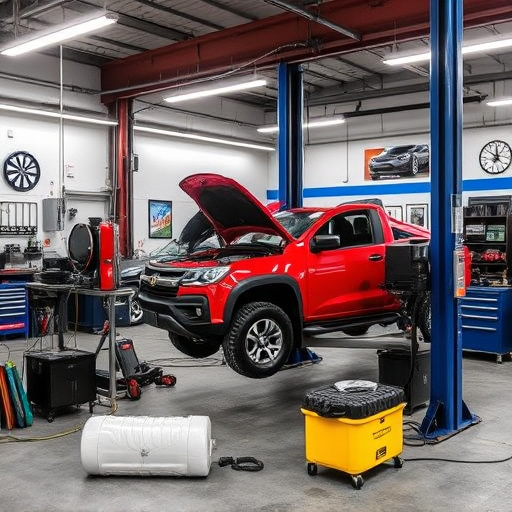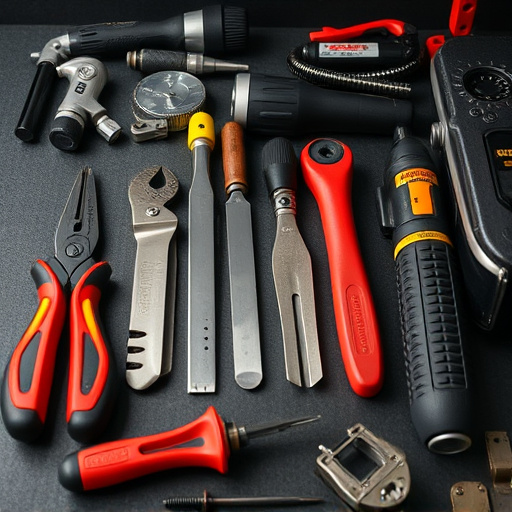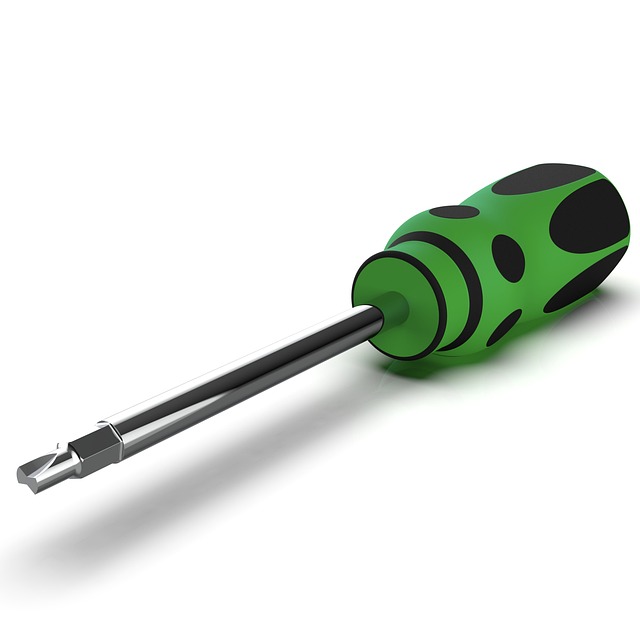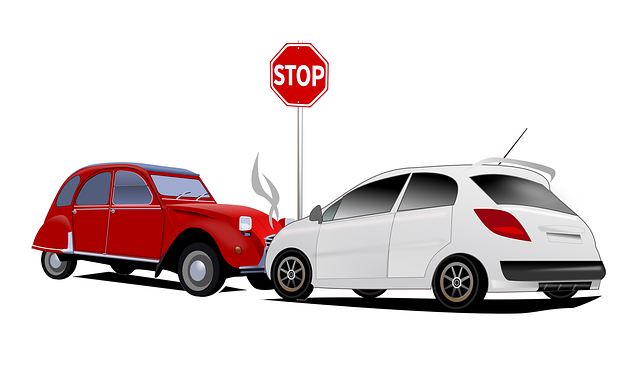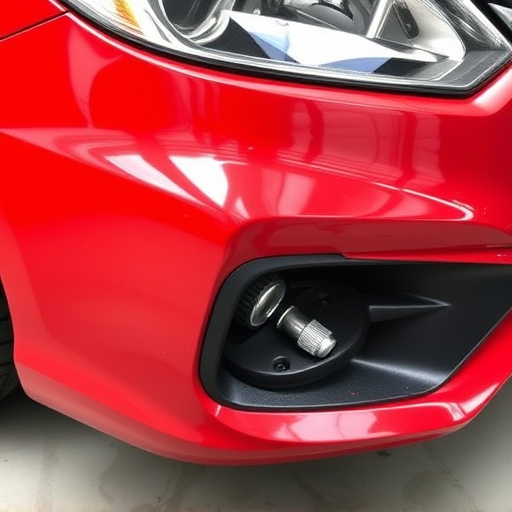Accessing Original Equipment Manufacturer (OEM) repair procedures is crucial for auto body restoration and airbag system safety, offering detailed guidelines specific to each vehicle model. Adhering to OEM standards ensures accurate diagnostics, secure component replacement, and reliable vehicle restoration after accidents or malfunctions. By following these protocols, technicians streamline repairs, maintain system integrity, and prioritize passenger protection during airbag deployment, ultimately enhancing overall vehicle security. Effective access to OEM repair procedures balances safety, quality, and efficiency in auto body repair shops.
In the automotive industry, ensuring proper airbag system repairs is paramount for safety. This article explores the critical role of OEM (Original Equipment Manufacturer) repair procedure access in maintaining the integrity of airbag deployments. We delve into understanding these procedures, highlighting the benefits of adhering to OEM guidelines, and discussing potential challenges along with best practices for successful implementation. By following these protocols, workshops can guarantee effective repairs while upholding safety standards.
- Understanding OEM Repair Procedure Access
- Benefits of Following OEM Guidelines for Airbag System Repairs
- Challenges and Best Practices in Implementing OEM Access Protocols
Understanding OEM Repair Procedure Access

Understanding OEM Repair Procedure Access is paramount in the realm of automotive safety, particularly when it comes to complex systems like airbags. OEM (Original Equipment Manufacturer) repair procedures serve as the gold standard for ensuring that airbag systems are correctly and safely repaired after an accident or malfunction. These detailed guidelines provide step-by-step instructions tailored to each specific vehicle model, making auto body restoration and automotive collision repair processes more efficient and effective.
By adhering to OEM standards, skilled technicians can accurately diagnose issues, replace faulty components, and restore vehicles to their pre-accident condition without compromising safety. This meticulous approach is crucial in mitigating risks associated with airbag deployment, ensuring that every vehicle returns to the road securely after an auto body restoration or automotive collision repair.
Benefits of Following OEM Guidelines for Airbag System Repairs

Adhering to Original Equipment Manufacturer (OEM) guidelines during airbag system repairs is paramount for several reasons. Following these procedures ensures that the replacement or repair of airbags maintains the original safety standards set by the vehicle manufacturer. Deviating from OEM specifications can compromise the integrity of the system, which is critical in the event of an accident. This adherence guarantees that every component, from sensors to inflators, functions seamlessly with the rest of the car’s systems, enhancing overall safety.
Moreover, sticking to OEM guidelines streamlines the repair process for automotive repair professionals. These guidelines provide detailed, step-by-step instructions tailored to each vehicle model, ensuring repairs are done accurately and efficiently. This precision not only saves time but also minimizes the risk of human error, which is crucial when dealing with life-saving components like airbags. Effective OEM repair procedure access thus combines safety, efficiency, and quality in airbag system repairs, ultimately contributing to the safety and reliability of vehicles on the road.
Challenges and Best Practices in Implementing OEM Access Protocols

Implementing Original Equipment Manufacturer (OEM) access protocols for airbag system repairs presents unique challenges. One significant hurdle is ensuring that replacement parts adhere strictly to the OEM’s specifications, which can be challenging given the wide variety of car models and body types. This uniformity is critical in maintaining the integrity and safety of the airbag system, as even minor deviations could compromise its effectiveness during a collision.
Best practices involve establishing robust communication channels between repair shops, OEMs, and parts suppliers to streamline access to accurate, up-to-date information. Digital platforms and databases that store detailed OEM repair procedures for various car body types (including auto body restoration cases) can greatly facilitate this process. Additionally, regular training sessions for technicians on OEM access protocols and the latest airbag system technologies are essential to ensure consistent quality in repairs, enhancing safety standards across the board, especially during complex car body repair scenarios.
Access to original equipment manufacturer (OEM) repair procedures is paramount for accurate and safe airbag system repairs. By adhering to these guidelines, technicians can ensure that each component is handled appropriately, minimizing the risk of further harm or malfunction. While implementing OEM access protocols comes with challenges, best practices include comprehensive training, secure digital access, and adherence to strict quality control measures. Ultimately, prioritizing OEM repair procedure access is crucial for maintaining the integrity and effectiveness of airbag systems, safeguarding both vehicle owners and passengers alike.
